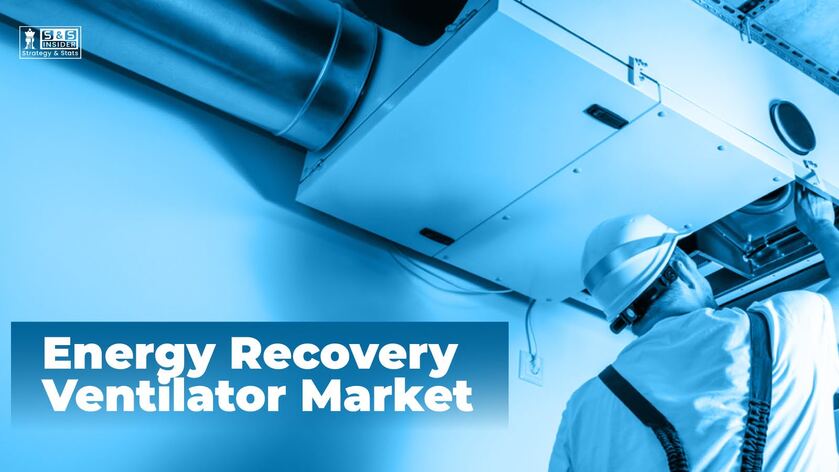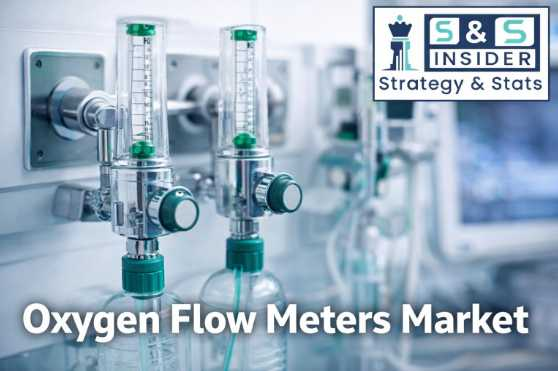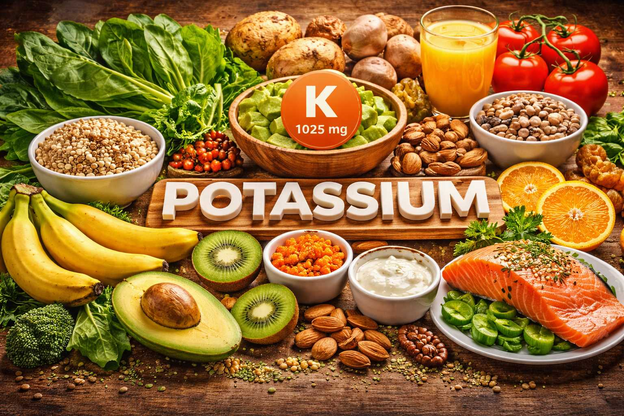Energy recovery ventilators (ERVs) are transforming indoor air quality and energy efficiency in residential, commercial, and industrial settings. By exchanging stale indoor air with fresh outdoor air while recovering energy from the exhausted air, ERVs significantly reduce heating and cooling costs. These systems are especially critical in buildings seeking sustainability, energy efficiency, and better air quality, making them a key component in modern HVAC solutions.
Energy Recovery Ventilator Growth Insights
The Energy Recovery Ventilator industry has witnessed remarkable growth over the past few years. The Energy Recovery Ventilator size was valued at USD 4.90 Billion in 2024 and is expected to reach USD 10.73 Billion by 2032 at a CAGR of 10.29% during the forecast period of 2025-2032. Increasing awareness regarding energy efficiency, rising demand for healthy indoor air, and stringent regulations for sustainable building construction are driving this expansion.
Key Drivers Fueling ERV Adoption
Energy Efficiency Awareness: With global energy costs rising, building owners and homeowners are increasingly investing in ERVs to minimize energy wastage. By recovering heat or cooling energy from outgoing air, ERVs help reduce HVAC energy consumption significantly.
Indoor Air Quality Concerns: Urbanization, pollution, and indoor allergens have heightened the need for proper ventilation systems. ERVs ensure that fresh, clean air circulates within buildings while maintaining comfortable temperatures, improving occupants’ health and productivity.
Sustainability Goals: Governments and organizations worldwide are emphasizing eco-friendly building solutions. Incorporating ERVs into building design supports sustainable construction and reduces the carbon footprint of HVAC systems.
Technological Advancements: Modern ERVs are equipped with smart controls, sensors, and energy-efficient motors, making them more effective and easier to integrate with existing HVAC systems.
Residential Applications
ERVs are becoming increasingly popular in residential buildings for several reasons:
Improved Comfort: ERVs maintain indoor temperatures and humidity levels while supplying fresh air, creating a comfortable living environment year-round.
Lower Energy Bills: By recovering energy from exhaust air, ERVs reduce the load on heating and cooling systems, resulting in significant cost savings.
Enhanced Air Quality: Modern homes face challenges like indoor allergens, volatile organic compounds (VOCs), and mold. ERVs help maintain clean air without energy loss.
Smart Integration: Many ERVs now come with Wi-Fi-enabled systems and app controls, allowing homeowners to monitor and manage air quality remotely.
Commercial and Industrial Benefits
In commercial and industrial settings, ERVs offer numerous advantages:
Optimized HVAC Performance: By recovering energy from exhaust air, ERVs reduce the overall demand on HVAC systems, extending equipment life and lowering maintenance costs.
Employee Health and Productivity: Studies have shown that better indoor air quality boosts productivity and reduces absenteeism. ERVs ensure a steady flow of fresh, filtered air for workplaces.
Compliance with Building Standards: Many commercial buildings must meet energy efficiency certifications like LEED and WELL. ERVs are integral in achieving these standards.
Industrial Process Efficiency: In manufacturing facilities, ERVs help maintain consistent indoor conditions, protecting equipment sensitive to temperature and humidity fluctuations.
Regional Trends and Adoption
North America: Strong demand for energy-efficient homes and stringent building regulations are driving widespread adoption of ERVs.
Europe: With a focus on sustainability and eco-friendly construction, ERVs are increasingly integrated into residential and commercial projects.
Asia-Pacific: Rapid urbanization, rising disposable income, and growing awareness about air quality are boosting ERV adoption in countries like China, Japan, and India.
Middle East & Africa: The need for cooling efficiency in hot climates, coupled with urban infrastructure growth, is propelling interest in ERV systems.
Innovations Driving the Industry Forward
Smart ERVs: Integration of IoT and AI in ERVs enables real-time monitoring of indoor air quality and energy recovery efficiency.
Compact Designs: Manufacturers are introducing compact units that are easy to install in small residential spaces and retrofitting older buildings.
Enhanced Filtration Systems: Advanced filters remove fine particulates, allergens, and pollutants, improving indoor air quality beyond just temperature control.
Hybrid Systems: Some ERVs now combine heating, cooling, and ventilation in a single compact solution, offering all-in-one energy efficiency.
Challenges and Opportunities
High Initial Investment: ERVs require upfront installation costs, which can be a barrier for residential adoption. However, long-term energy savings often offset these expenses.
Maintenance Requirements: Regular filter cleaning and system maintenance are necessary to ensure optimal performance.
Emerging Opportunities: As governments push for green building certifications, ERVs will become a standard feature in both new and retrofitted buildings.
Potential for Smart Integration: Continued innovation in IoT-enabled ERVs offers new opportunities for energy management and real-time monitoring.
Conclusion
Energy recovery ventilators are revolutionizing indoor air management by combining energy efficiency with superior air quality. With the Energy Recovery Ventilator size expected to more than double by 2032, their role in residential, commercial, and industrial sectors is increasingly significant. From reducing energy bills to improving health and comfort, ERVs are becoming a cornerstone of sustainable building solutions worldwide.




















